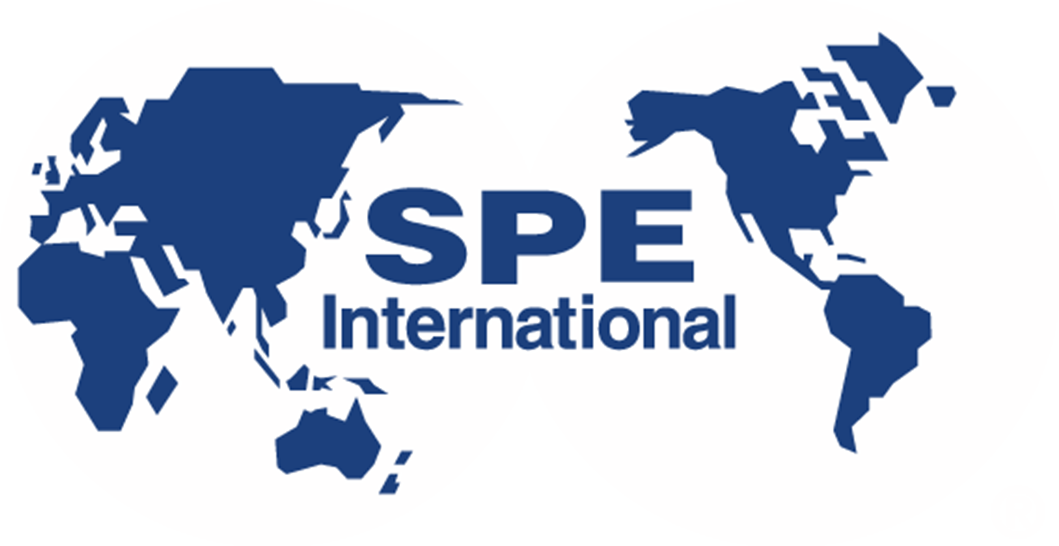About the Workshop
The key to optimizing production and recovery in mature fields is the consistent application of reservoir characterization tasks in conjunction with production operations and surveillance tasks. As global demand for oil continues to increase, we must focus on improving and extending the productive lives of mature fields. The vast majority of future oil production will be obtained from existing fields, and as such, mature fields must be a priority for reservoir characterization activities.
For context, reliable reservoir characterization provides:
- An appropriate understanding of the reservoir architecture
- The role of geological features in improved and enhanced oil recovery projects (i.e., IOR and EOR)
- The integration of reservoir understanding and production (and facilities) operations for optimal production and recovery in a mature field
As examples, reservoir characterization studies in mature fields often include the following:
- Reservoir re-evaluation, with a review and analysis of existing data (e.g., historical dynamic and static data). Such reviews help to establish reasons for underperformance (as a function of reservoir quality) and provide guidance on actions for improvement. In addition, such "re-evaluations" provide critical data that is used to update reservoir models and field development plans
- Develop bypassed reserves through infill drilling, workovers, acid treatments (and other non-fracturing stimulation techniques), refracturing wells, etc
- Determine the cause of excess water production
- Design and execution of pressure maintenance projects
- Design and implementation of the most suitable EOR method(s)
In Mexico, there is a unique situation where the most prolific reservoirs are highly heterogeneous. Thus, there are specific issues related to naturally-fractured and vuggy reservoir systems (e.g., highly conductive flow paths that can favor water and/or gas production) — where these conditions challenge (and often limit) the options for secondary and tertiary EOR processes. Some examples of complex Mexican reservoirs are those located in the Chicontepec Basin, where the areal characterization of natural fractures and the understanding of the nature and distribution of the turbidite sandstones in Chicontepec may enable significantly improved well stimulation and production. Lastly, Mexico has a large number of offshore reservoirs, which produce heavy or extra-heavy oil and are extremely challenging for both primary and secondary recovery efforts.
In addition to traditional reservoir characterization practices, it has become necessary to consider the geomechanical aspects of reservoirs as this affects drilling and well stimulation, as well as long-term production behavior.
Although the emphasis of this workshop will be on projects and technologies relevant to Mexico, the presentations and discussions provided in this workshop will have a global context. As is often the case, the reservoir characterization activities used to support primary recovery are insufficient and perhaps even inappropriate for secondary recovery/EOR activities.
